Cointreau’s new bottle design serves up vintage codes with a twist of modernity
Cointreau marks a new era with a bottle redesign that honours the orange liqueur’s heritage
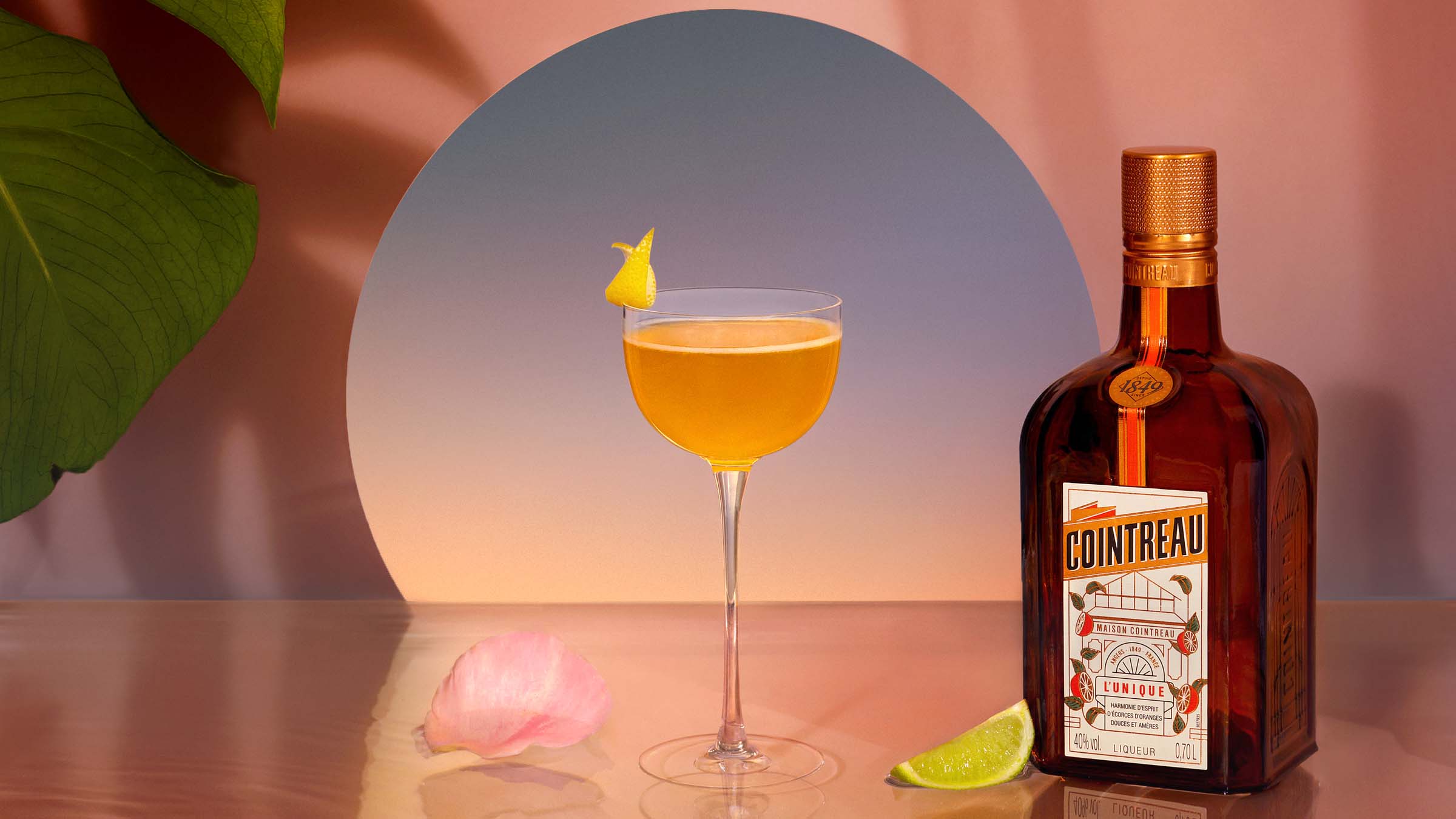
French liqueur brand Cointreau has unveiled a redesign of its bottle that is the most momentous change to the brand for 140 years. The lovingly reimagined vessel is an ode to Cointreau’s rich heritage and a celebration of the liqueur’s most important ingredient – the orange.
A new era for Cointreau
Like the delicious liqueur it contains, the Cointreau bottle has stood in a category of its own since its conception in 1849. Instead of following bottle design conventions, founder Édouard Cointreau took an unexpected route, inspired by the shapely perfume bottles of the era.
He chose an uncompromising design that would command attention and do justice to the liquid within; the bottle was striking and pleasingly solid, with bold square edges and amber glass, features that remain the hallmarks of its presentation today.
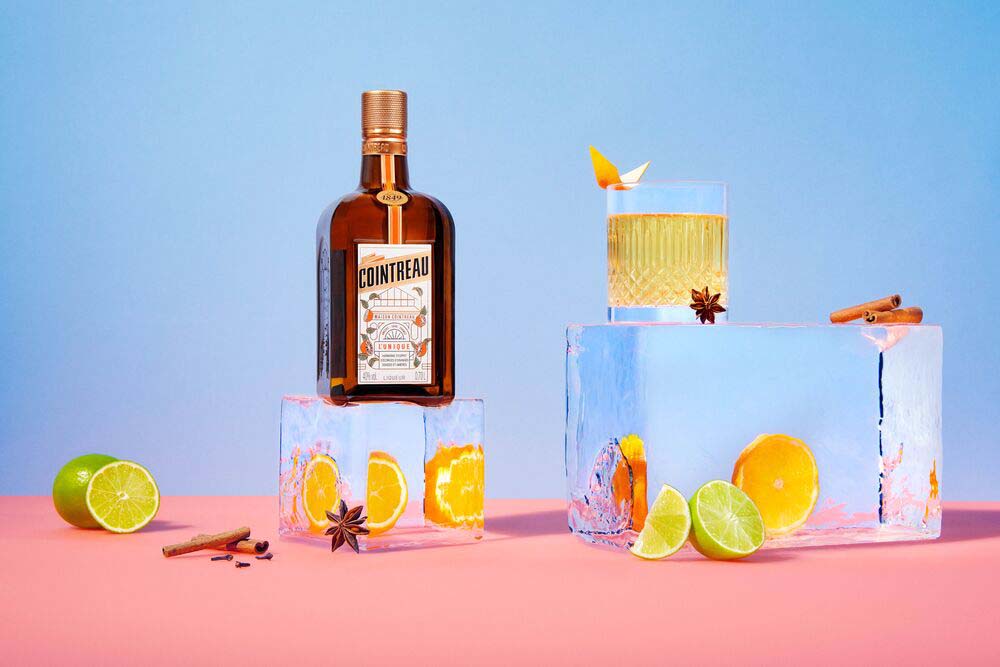
The elegant new bottle is still instantly recognisable yet significantly different, and every detail of the glass and label tell part of the Cointreau story; the four sides represent the four ingredients at its heart: (orange peel distillate, alcohol, water, and sugar) Its four corners reflect Édouard Cointreau’s original (and well achieved) ambition to take his liqueur à l’orange to ‘all four corners of the world’ and its symmetry mirrors the liqueur’s extraordinary balance of aromas.
Oranges are now illustrated on the bottle for the first time, and in tribute to Cointreau’s historic roots, the original distillery (based in Angers on the edge of the Loire Valley) is depicted both on the label and in the glass engraving. The label also now features a QR code that grants instant access to a dedicated online experience - a source of cocktail recipes and expert tips for best enjoying Cointreau.
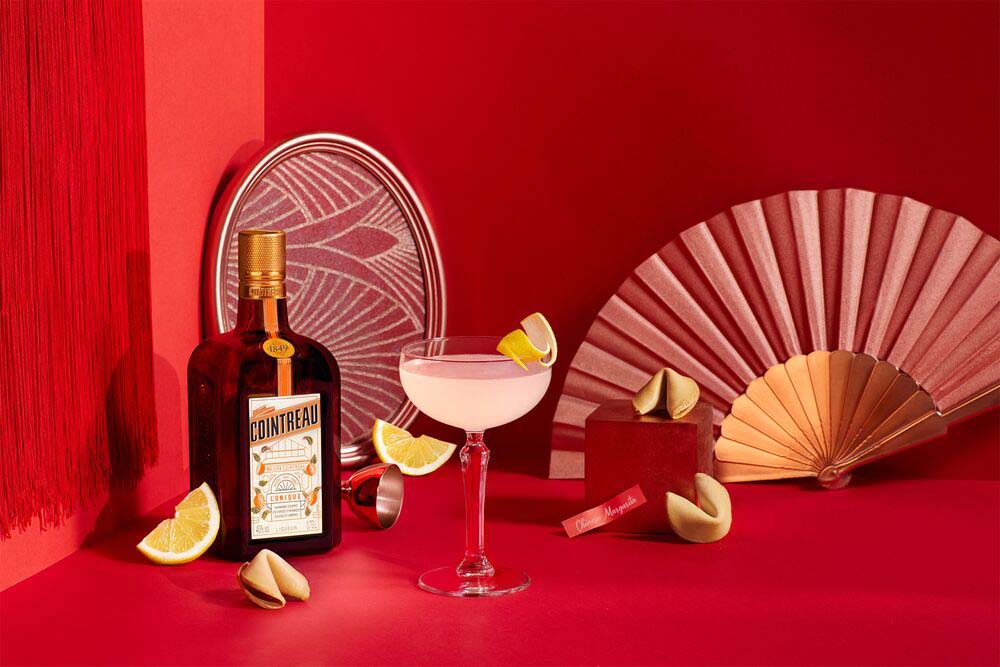
Fanny Chtromberg, international director at Cointreau, says: ‘The Cointreau L’Unique bottle is iconic. We certainly wanted to modernise it, but above all, we wanted to preserve its vintage codes and respect the allure imagined by Édouard Cointreau. We therefore drew on Cointreau's genesis. Its origins in Angers; its know-how as liquorist-distiller; and its precious fruit, the orange. We are particularly proud of the work accomplished, a feat of creativity but also of design.’
The changes are practical as well as aesthetic: the bottle has been lengthened by 4mm (without increasing its weight – a technical challenge) so that the bartender may more easily fit their hand around it for ease of use, and the new raised lettering on the bottle sides also facilitates grip. These details may seem minor, but they are hugely important factors for a bottle that is handled so often in cocktail bars all over the world.
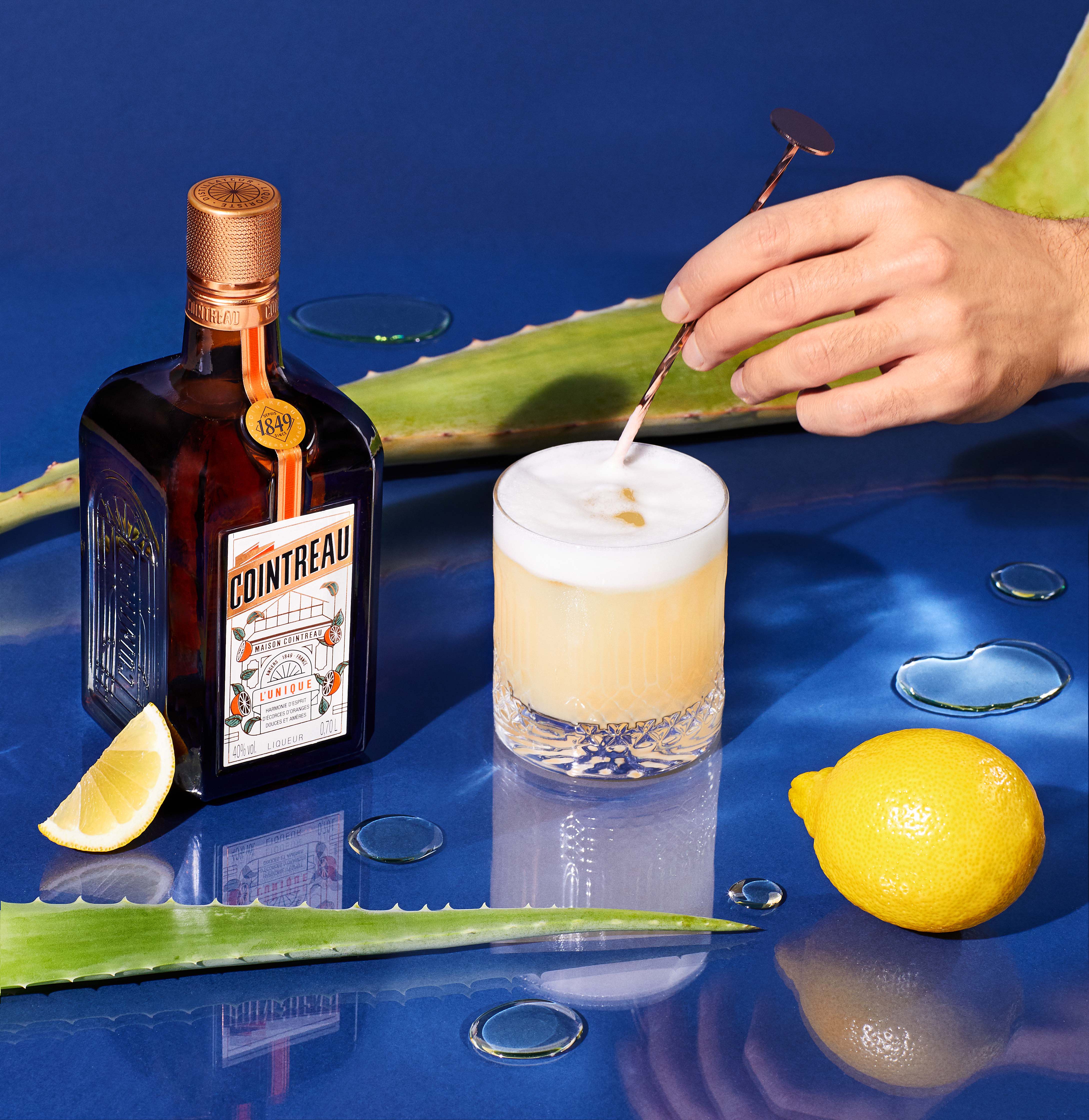
Everything about the Cointreau bottle has been subtly altered apart from its contents. The recipe for the liqueur itself has never changed – a clear, fragrant, and surprisingly fresh liquid made by those with an intimate understanding of the cultivation of oranges and their distinctive and exquisite flavour permutations. Great skill and knowledge are required to achieve the perfect balance of sweet and bitter orange peels that are used to make this triple-distilled liqueur, whose production is carefully considered all the way from the orange groves to the cocktail glass.
Receive our daily digest of inspiration, escapism and design stories from around the world direct to your inbox.
Cointreau made its first formal written appearance in Carl Setter’s 1913 drinks bible Der Mixologist, and has ever since been firmly established as a bar cabinet fixture, and a key element in over 500 classic cocktails, including the Cosmopolitan, Sidecar, White Lady and, of course, the original Margarita (see our 60-Second Cocktails book review for more cocktails inspiration).

The unique aromatic intensity of Cointreau makes it an exciting and versatile cocktail component, elevating and transforming other ingredients with just the merest splash; this is a liqueur with multi-dimensional sensory qualities that offers an astounding 40 aromatic notes – among them citrus, mint, pepper, lavender, and rose.
Whilst celebrating its heritage, the House of Cointreau is mindful of its social and corporate responsibilities and has a strategy in place with environmental challenges at its heart: The ‘2025 Sustainable Exception Plan’ has three cornerstones: preservation of terroirs and biodiversity for future generations; combating climate change; and encouraging people to consume products responsibly. The new bottle (which is made from two-thirds recycled glass) tells a story of Cointreau’s past, present and future – all things to be considered as you sip an ice cold Margarita.
cointreau.com
Melina Keays is the entertaining director of Wallpaper*. She has been part of the brand since the magazine’s launch in 1996, and is responsible for entertaining content across the print and digital platforms, and for Wallpaper’s creative agency Bespoke. A native Londoner, Melina takes inspiration from the whole spectrum of art and design – including film, literature, and fashion. Her work for the brand involves curating content, writing, and creative direction – conceiving luxury interior landscapes with a focus on food, drinks, and entertaining in all its forms
-
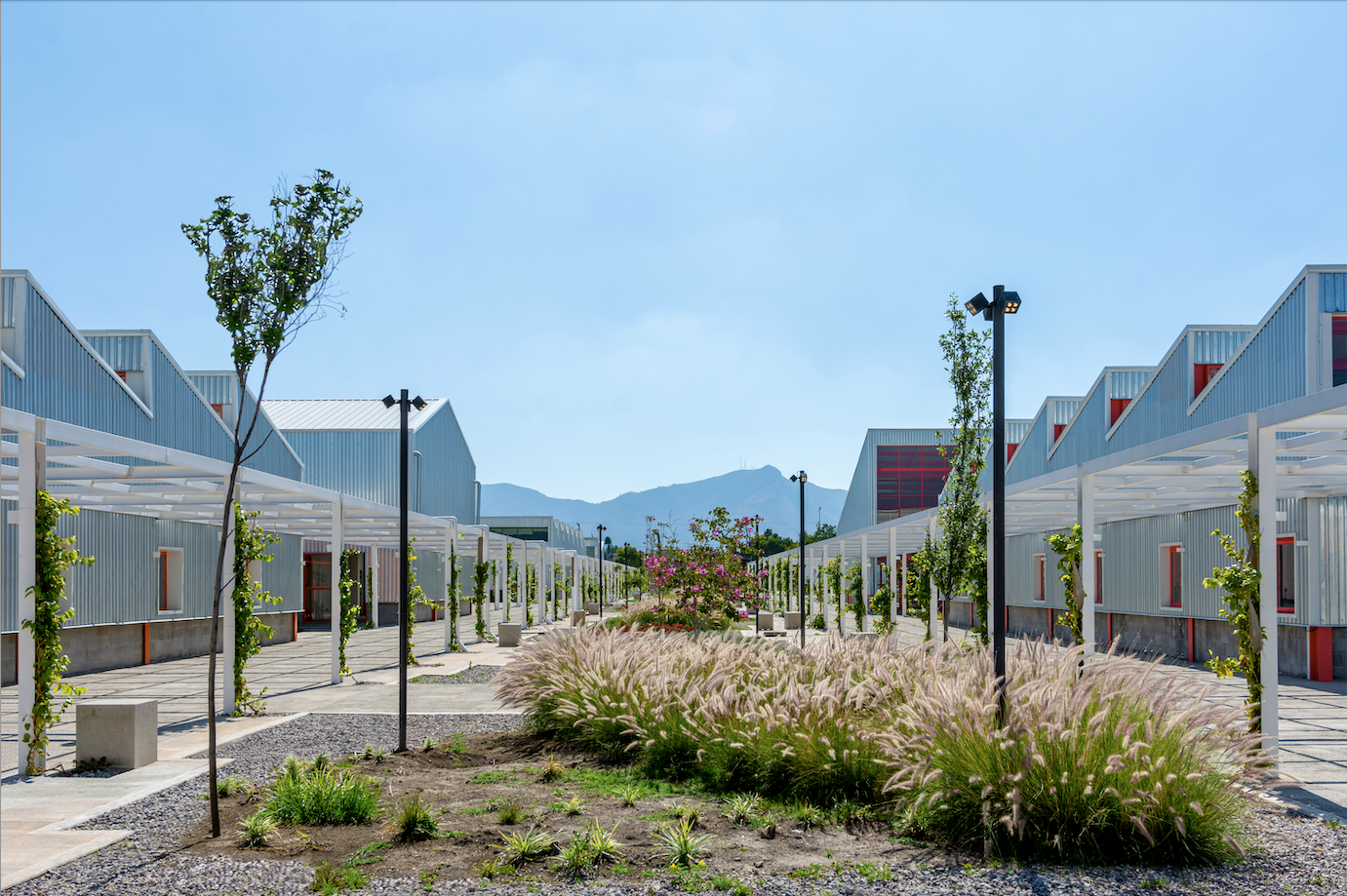 Mexico's Office of Urban Resilience creates projects that cities can learn from
Mexico's Office of Urban Resilience creates projects that cities can learn fromAt Office of Urban Resilience, the team believes that ‘architecture should be more than designing objects. It can be a tool for generating knowledge’
-
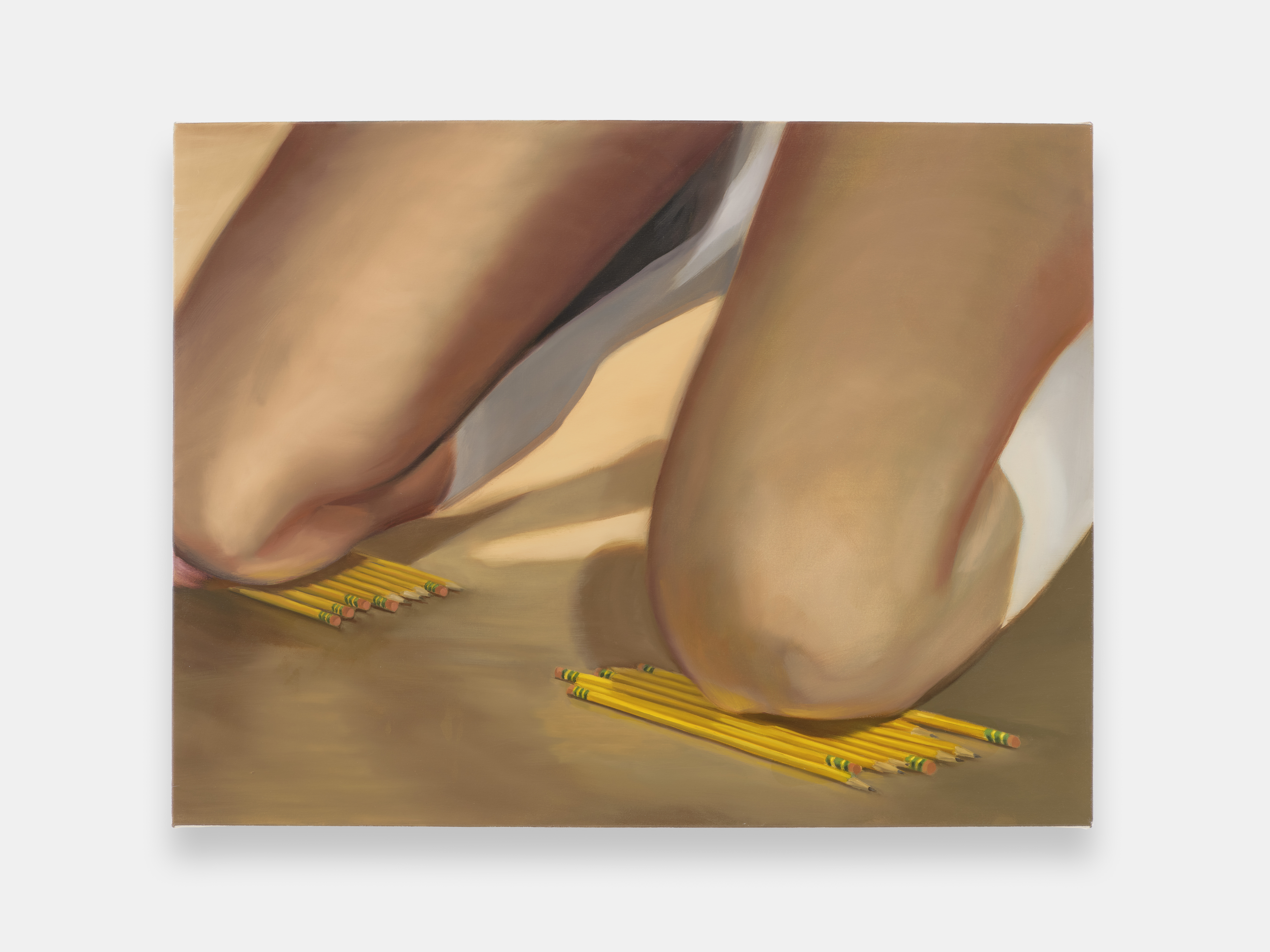 ‘I want to bring anxiety to the surface': Shannon Cartier Lucy on her unsettling works
‘I want to bring anxiety to the surface': Shannon Cartier Lucy on her unsettling worksIn an exhibition at Soft Opening, London, Shannon Cartier Lucy revisits childhood memories
-
 What one writer learnt in 2025 through exploring the ‘intimate, familiar’ wardrobes of ten friends
What one writer learnt in 2025 through exploring the ‘intimate, familiar’ wardrobes of ten friendsInspired by artist Sophie Calle, Colleen Kelsey’s ‘Wearing It Out’ sees the writer ask ten friends to tell the stories behind their most precious garments – from a wedding dress ordered on a whim to a pair of Prada Mary Janes